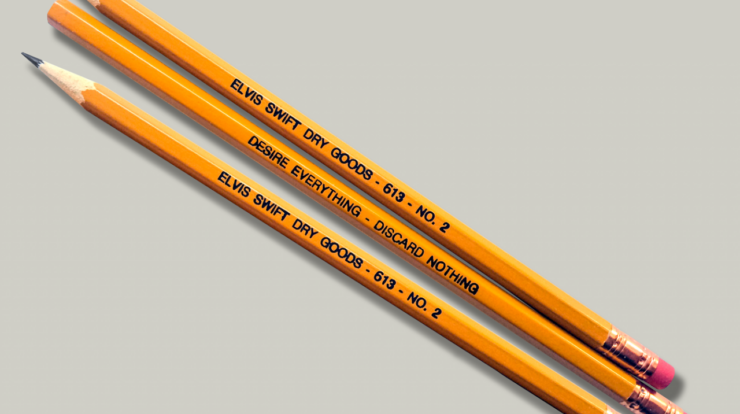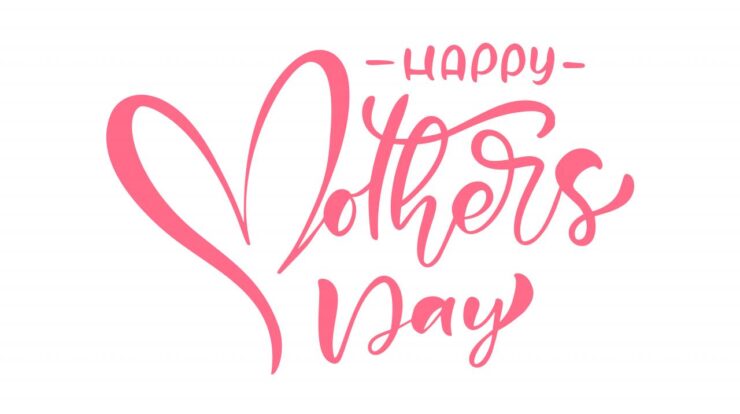
Pencil definition: The humble pencil, an indispensable tool for centuries, holds a rich history, diverse components, and multifaceted applications that we explore in this comprehensive analysis.
From its humble origins to its modern-day versatility, the pencil has evolved alongside human creativity and technological advancements, leaving an indelible mark on our artistic, educational, and engineering endeavors.
Pencil Definition

A pencil is a writing or drawing instrument consisting of a narrow, solid core of graphite or other dark material enclosed in a protective casing. Pencils are used for writing, drawing, sketching, and other artistic and technical purposes.
Pencil History
The origins of the pencil can be traced back to ancient times when people used natural materials like charcoal and chalk to create marks on surfaces. The first true pencils, made from graphite encased in wooden casings, were developed in the 16th century in England.
Over time, pencil designs evolved, and technological advancements led to the development of new core materials and production techniques.
Pencil Components
A pencil consists of several components:
- Core:The core is the central part of the pencil and contains the writing or drawing material. Graphite is the most common core material, but other materials like charcoal, colored pigments, and waxes can also be used.
- Casing:The casing protects the core and provides a comfortable grip. Casings are typically made of wood, but other materials like plastic and metal can also be used.
- Eraser:Some pencils have an eraser attached to the end. Erasers are used to remove pencil marks.
Pencil Types, Pencil definition
Pencils come in various types, each designed for specific purposes:
- Graphite Pencils:Graphite pencils are the most common type. They are available in different grades, from soft (B) to hard (H), which affects the darkness and hardness of the pencil’s marks.
- Colored Pencils:Colored pencils contain pigments instead of graphite. They are used for drawing and coloring.
- Charcoal Pencils:Charcoal pencils are made from compressed charcoal. They produce dark, expressive marks and are often used for sketching and drawing.
Pencil Manufacturing
Pencil manufacturing involves several steps:
- Core Production:Graphite or other core materials are mixed with binders and extruded into thin rods.
- Casing Production:Wooden casings are cut into shape and grooved to accommodate the core.
- Core Insertion:The core is inserted into the casing and glued in place.
- Finishing:The pencils are coated with paint or varnish for protection and aesthetics.
Pencil Usage and Applications
Pencils are widely used in various fields:
- Art:Pencils are essential tools for drawing, sketching, and painting.
- Education:Pencils are commonly used for writing, note-taking, and mathematical calculations.
- Engineering and Architecture:Pencils are used for technical drawings, blueprints, and design sketches.
Concluding Remarks

As we delve into the intricacies of pencil manufacturing, we uncover the sustainable practices and techniques employed to create this timeless writing instrument. Through its cultural significance and symbolism, the pencil transcends its functional purpose, becoming an object of inspiration and expression.
Frequently Asked Questions
What is the earliest known pencil?
The earliest known pencil-like writing tool was a silver stylus used in ancient Rome.
What is the main component of a pencil core?
Graphite, a form of carbon.
What does the “H” in pencil grading stand for?
Hardness.





